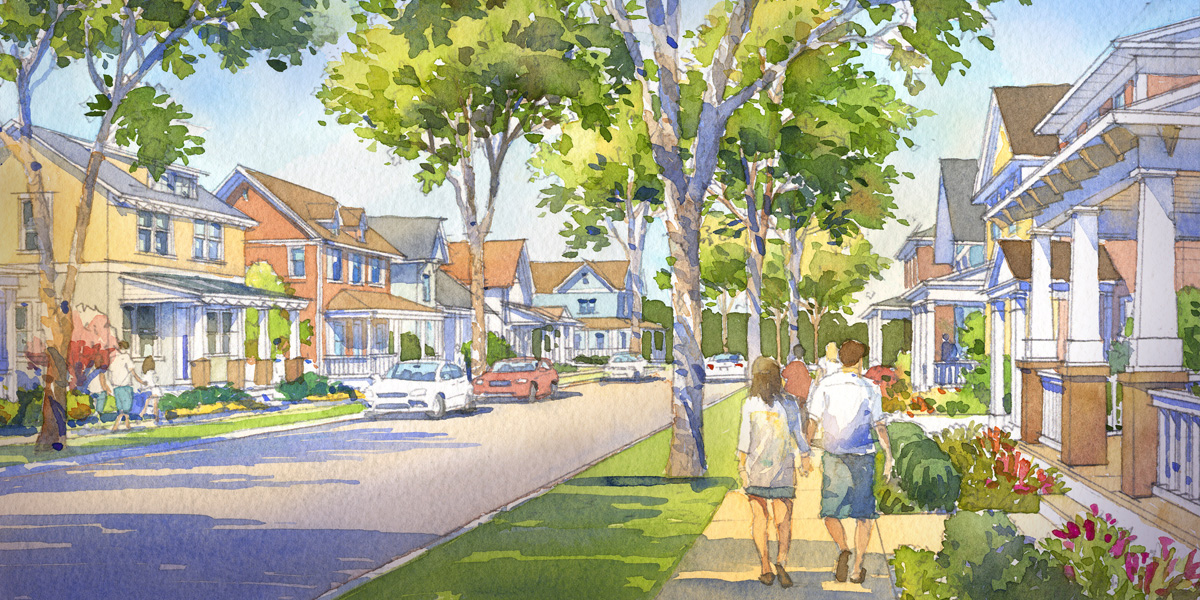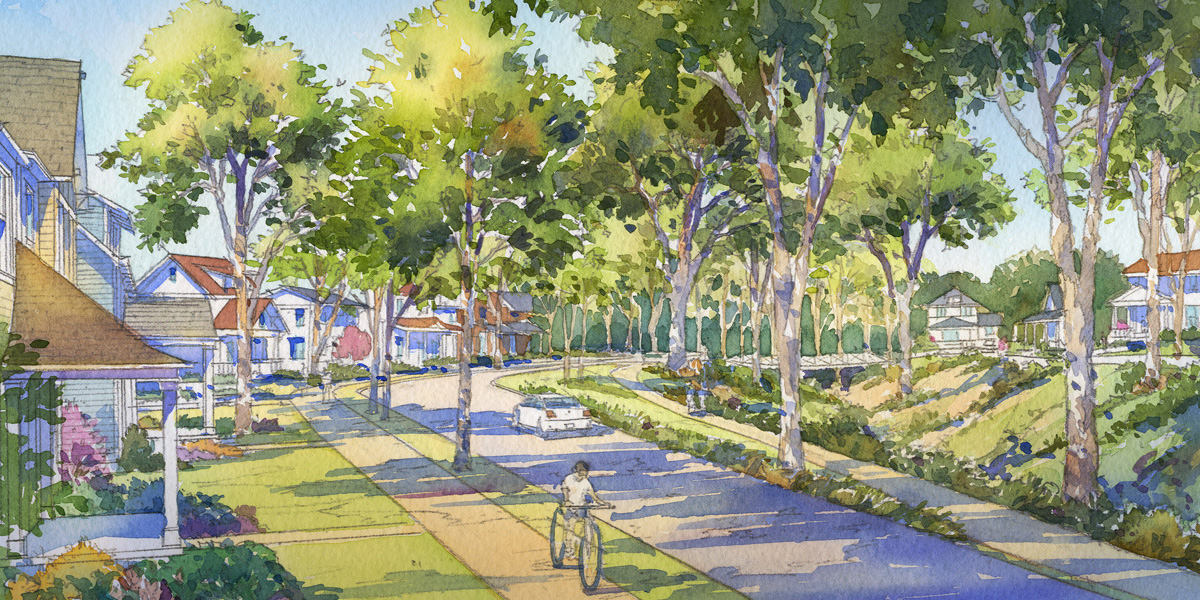Do cities
create greener lifestyles? Or do they just
enable them?
It’s
very,
very,
very clear that people who live closer to other people drive less. But how much of this is due to the fact that people who were already predisposed to driving less—those of us who don’t particularly enjoy driving, for example—are deliberately living where parking is scarce and buses are frequent?
A
forthcoming academic paper finally begins to answer this crucial question. Its “breakthrough” conclusion: Bigger parking lots make us drive more.
Even if we ignore the
breathtaking economic costs of dedicating scarce urban space to car storage,
mandatory parking isn’t an “all of the above” strategy that simply lets people choose their favorite mode of transportation. Instead, as UCLA professor Donald Shoup put it in 1997, parking spaces are
“a fertility drug for cars.”
Our buildings shape our behavior
Speaking scientifically, the key to proving a cause-and-effect relationship is finding a randomized sample of human behavior.
And in their new paper, “What Do Residential Lotteries Show Us About Transportation Choices?”, four Californian academics found such a sample: the free, site-specific lotteries that San Francisco uses to select who gets to live in the price-regulated homes of new apartment and condo buildings. (Because this is San Francisco, a two-person household “generally can qualify while earning up to $118,200, equivalent to 120 percent of city median income.” So these findings don’t apply only to people who would struggle to afford a car.)
“It’s so hard to do this kind of research,”
wrote Jessica Roberts, a principal at Portland-based Alta Planning + Design and one of the country’s leading experts on the science of transportation behavior. “Their elegant experimental design is a huge breakthrough.”
After surveying the auto ownership and basic transportation habits of the residents of 2,654 homes in 197 projects built since 2002, the authors (Adam Millard-Ball, Jeremy West, Nazanin Rezaei, and Garima Desai) found that projects with more on-site parking induce more auto ownership:













